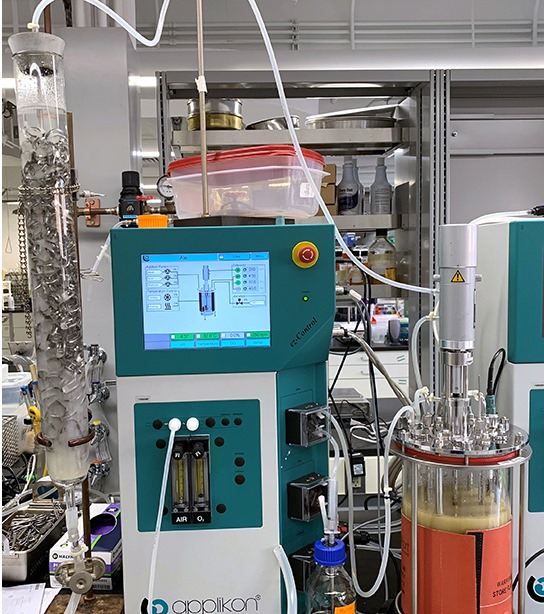By Scott Elliott
Ethanol, biodiesel, sustainable aviation fuel, and more – are filling gas tanks more than ever, mitigating the effects of petroleum-based fuel on the environment. The U.S. Department of Agriculture (USDA) is a major contributor to that shift.
Agriculture Secretary Tom Vilsack established USDA’s four Regional Biomass Research Centers (RBRCs) on Oct. 21, 2010, citing the need to “improve environmental quality and reduce dependence on fossil fuel imported from foreign countries.”
Led by USDA’s Agricultural Research Service and Forest Service, RBRCs coordinate the department’s existing biofuel research programs across the nation into one comprehensive program. The centers’ portfolio includes USDA’s internal science projects and external bioenergy research projects funded by USDA’s National Institute of Food and Agriculture.
Although each regional center has a targeted focus, they all share common goals:
- Increase biomass production efficiency;
- Incorporate biomass and other dedicated feedstocks;
- Avoid negative impacts on existing markets and ecosystem services; and
- Develop and use new value-added co-products.
Successful RBRC projects include creating next generation biofuels, improving the environment and economy with agricultural leftovers, improving research and technology, and getting the most from energy crops.
According to the U.S. Energy Information Administration, in 2022 the United States produced more than 21 billion gallons of biofuels, which included 17.4 billion gallons of ethanol. It also included 2.3 billion gallons of biodiesel and 1.8 billion gallons of other biofuels, such as renewable diesel fuel, heating oil and jet fuel.
Research programs conducted at these centers support the scientific priorities outlined in USDA’s Science and Research Strategy aimed at transforming U.S. agriculture through science and innovation.

Source : usda.gov